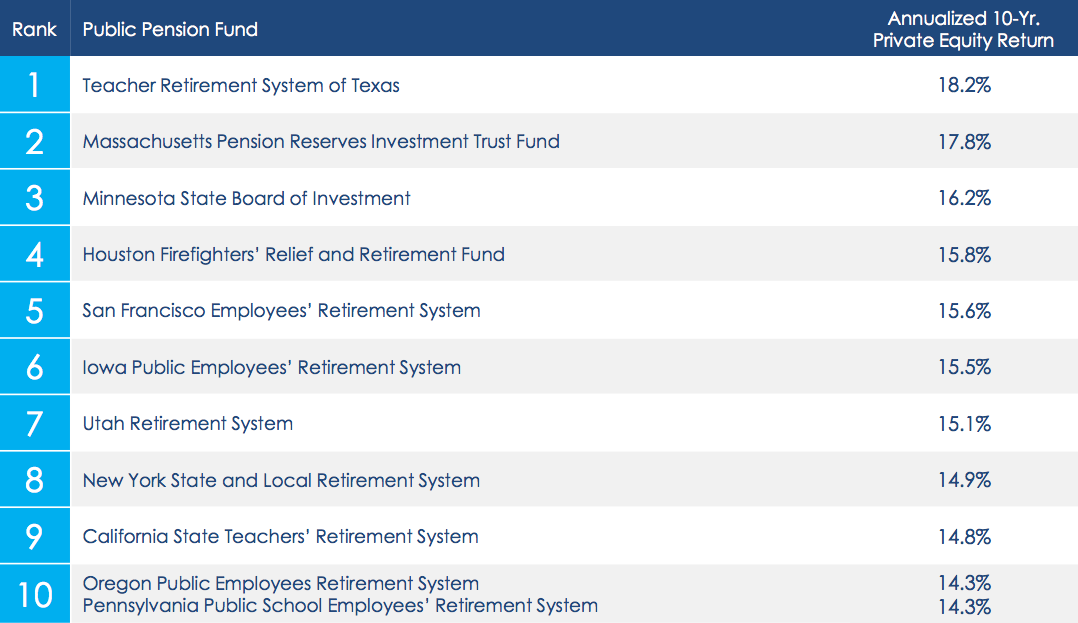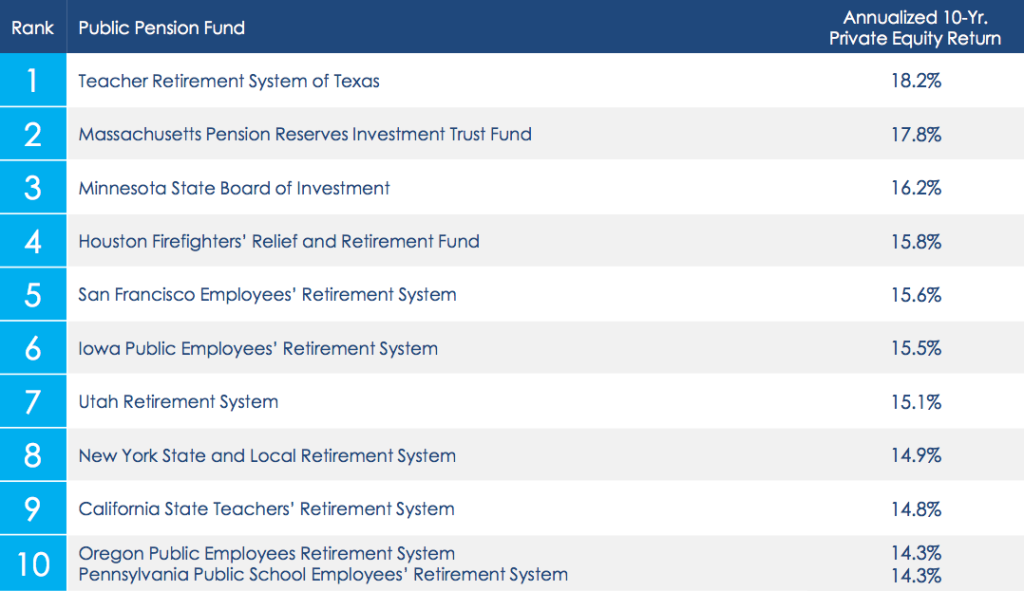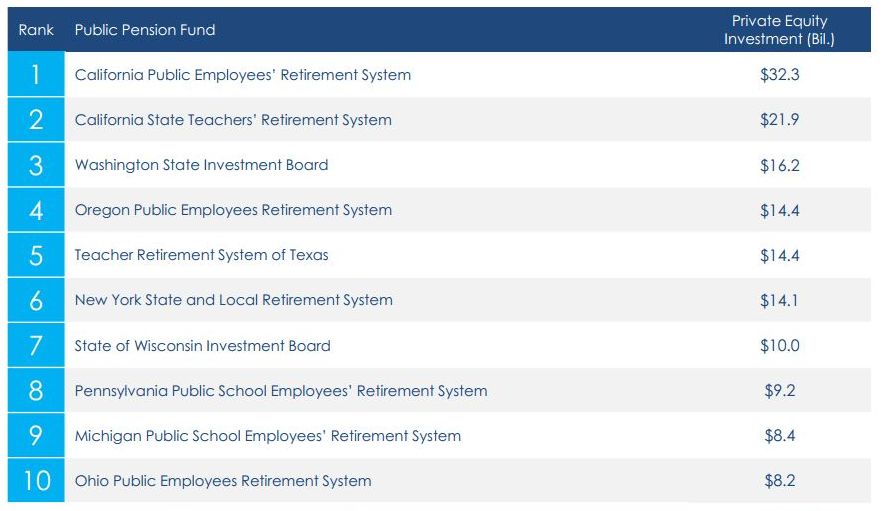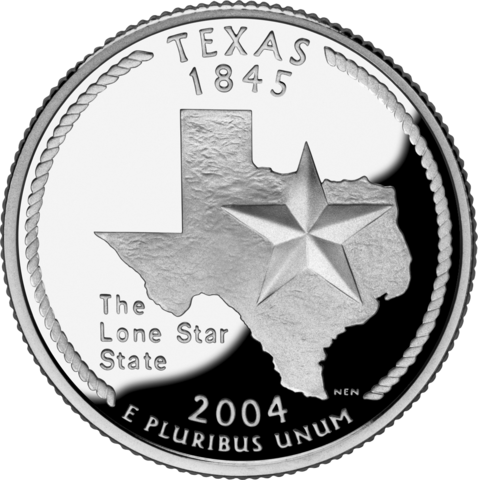At a recent board meeting, a top official at the Teacher Retirement System of Texas outlined an emerging source of competition for pension funds looking to co-invest: sovereign wealth funds.
Britt Harris, the pension fund’s CIO, said that his fund might have to consider new strategies to get in on the best co-investing opportunities, according to LBO Wire.
More on Harris’ remarks, as reported by the Wall Street Journal:
“The whole emergence of sovereign wealth funds is disrupting the market,” said Britt Harris, the chief investment officer of the roughly $132 billion pension system during a board meeting in February. “We’re in competition with funds outside the country that are very large and very heavily resourced.”
Texas Teachers, which Mr. Harris said could “easily” do transactions above $100 million, faces intense competition for large co-investment deals as sovereign-wealth funds increase in influence.
[…]
Texas Teachers sources co-investment deals, which it calls “principal investments,” by focusing on a network of existing general partners and strategic partners.
“We have to convince these guys that we are the people to bring big investments to,” Mr. Harris said.
The pension fund may consider stationing staff in other major cities to expand its presence beyond its Austin, Tex., stronghold. It also is trying to structure transactions creatively.
“We have to come up with new ways of structuring things,” said Eric Lang, senior managing director of real assets and private equity.
Texas Teachers said it hopes to become involved in deals before they are signed and syndicated across a manager’s limited partner base.
“We’d like to be a full underwriting partner,” Mr. Lang said. He raised the possibility that if the pension fund has a larger role in due diligence before a deal closes, “We might have to share in deal costs with the [general partner].”
Texas Teachers manages $132 billion in assets.
Photo by Pete via Flickr CC License







